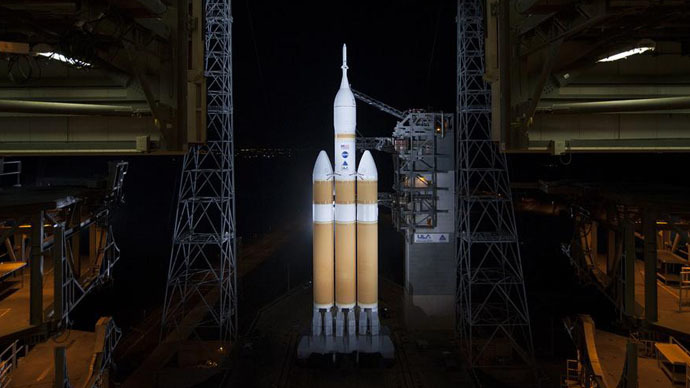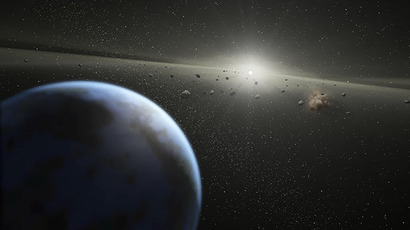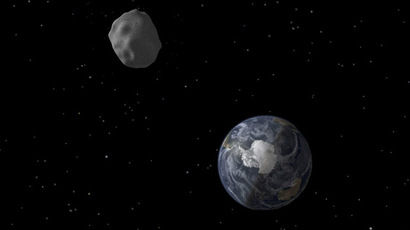NASA postpones test launch of Orion spacecraft due to valve problem

The Orion spacecraft is still to blast off for its first test flight from Cape Canaveral - this time on Friday. NASA's replacement for the retired Shuttle, the Orion may one day take humans to an asteroid or even Mars.
The next possible window for a launch is at 7:05 am ET Friday. Thursday first saw strong gusts of wind and then at the last moment the rocket's drain valve failed to close.
If everything goes fine, on Friday the spacecraft will lift off aboard a Delta IV heavy rocket to orbit the earth twice before splashing down in the Pacific. The flight, which is to test Orion's performance, will be unmanned. However, the the spacecraft will be loaded with 1,000 sensors to record and measure all aspects of the flight.
Scrub. Today's planned launch of #Orion is postponed due to valve issue. Our next possible launch window opens at 7:05am ET Friday
— NASA (@NASA) December 4, 2014
“Orion is the exploration spacecraft for NASA, and paired with the Space Launch System, or SLS, rocket, it will allow us to explore the solar system,” said Mark Geyer, the program manager for the mission.
The Delta IV rocket, which will lift Orion into orbit, has about 2 million pounds of thrust at liftoff. It will push Orion into high orbit, reaching 3,609 miles above Earth, and will then separate from Orion for reentry into the atmosphere at the end of the flight.
Orion will then make a couple of laps around Earth and then turn back towards the planet and reenter the atmosphere at 20,000mph, heating up Orion’s thermal protection system to 2,200 degrees Celsius. Once inside the atmosphere the capsule will be slowed to about 17 miles per hour by large parachutes.
What's next in our space exploration #JourneytoMars? Watch: http://t.co/KMPNVbA9tY#Orionpic.twitter.com/nsuPWruoki
— NASA (@NASA) December 4, 2014
If all goes as planned, Orion, which was built by a joint venture of Lockheed Martin and Boeing known as United Launch Alliance, will splash down off the coast of Mexico after the 4.5-hour test flight.
The mission, called Exploration Flight Test-1, is designed to see if the heat shield, parachutes and other systems are capable of taking astronauts into deep space and back. NASA’s last manned expedition beyond Earth was the final Apollo mission in 1972.














